As the weather warms in springtime, we don’t need the winter comforter any more. And neither does the garden.
A layer of mulch — valuable insulation in late winter — can become an obstacle in spring if new shoots can’t push their way up through it or if it keeps the soil cold, says Sharon Yiesla, plant knowledge specialist at The Morton Arboretum in Lisle.
“Many gardeners use the leaves that fall in autumn for mulch,” she says. The protective layer is especially valuable in late winter when it insulates the soil against freeze-thaw cycles. In springtime, though, “those leaves can become wet and matted together, and they can block small plant sprouts.” If they’re too deep, the leaves may block sunlight to the emerging plants.
Gently rake off surplus leaves from beds, Yiesla says, being careful not to harm the new spring plants. Pulling back mulch will also help the soil warm faster. That’s a special concern in vegetable beds, where gardeners can be in a hurry to get crops in the ground.
Don’t be in a hurry to dispose of the leaves, though; they still may be needed as insulation. “The weather can still turn cold, so keep a few piles of leaves handy,” she says. “If a cold snap is predicted in April, you can rake some leaves back over your young or tender plants to protect them.”
The goal in spring cleanup is not to rake the garden clean, Yiesla says. A light layer of leaf litter or mulch on the surface of the soil is healthy. In time, that organic matter will be broken down by insects, earthworms and microorganisms to improve the texture of the soil and provide nutrition to plants’ roots. “Scattering compost over the soil can jump-start that process,” she says.
Later in the spring, put surplus leaves, along with stalks and foliage from your spring garden cleanup, in the compost pile. That way, surplus mulch will contribute to your soil and your plants in the future. And remember, you’ll need compost or other mulch to spread on top of the soil after you do your spring planting.
Leave the mulch around trees and shrubs alone in spring, Yiesla says; there’s no reason to disturb it. In fact, if some of the mulch has broken down over the winter and bare soil is showing, plan to replenish it after the soil has warmed, in May or so.
“You can add new mulch right over the top of the old mulch, as long as the layer is never more than 3 to 4 inches deep,” she says. For appearance’s sake, “it looks best to add more of the same kind of mulch that’s already there, whether it’s leaves or wood chips or shredded wood from the garden center.”

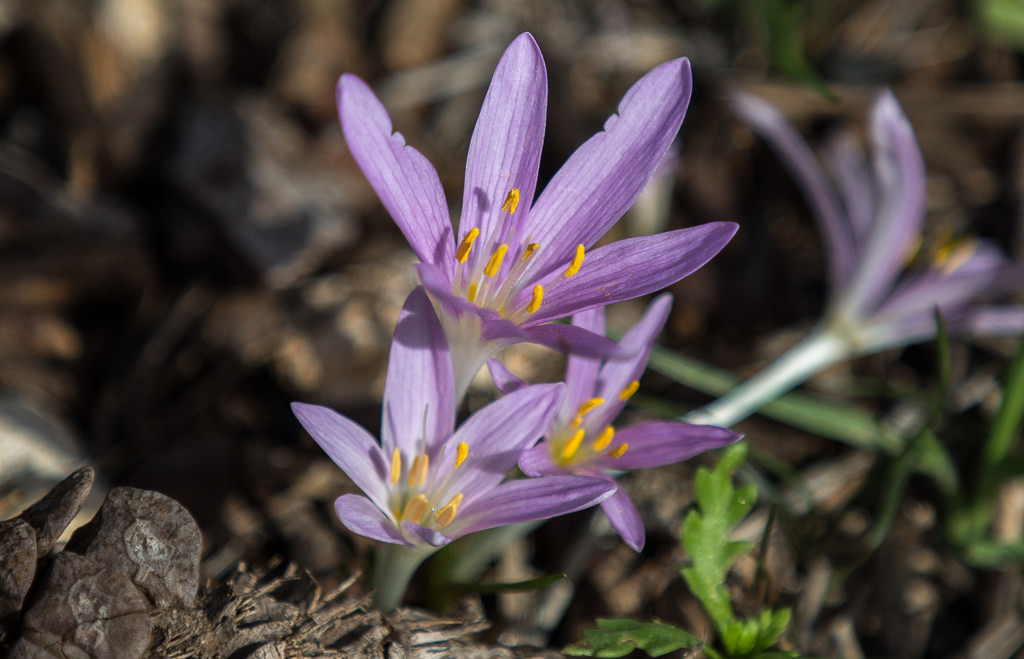
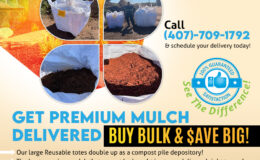
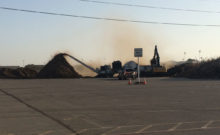
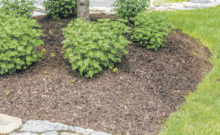
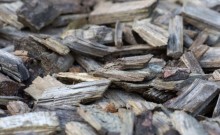
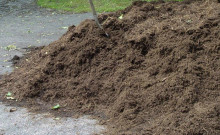
Leave a Comment
You must be logged in to post a comment.